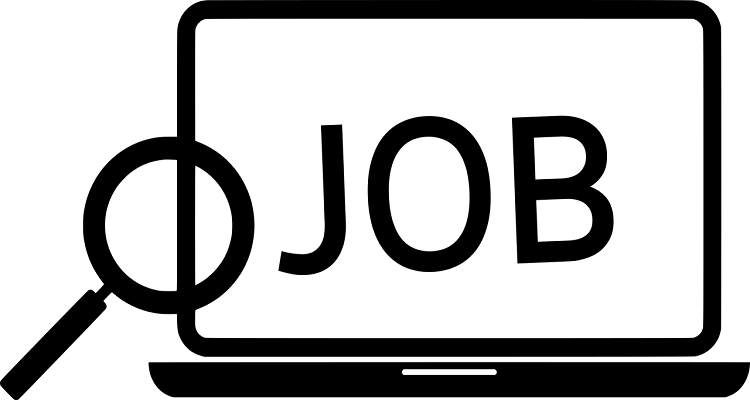Orienting new hires includes more than pointing them to their desk and signing the paperwork. It sets the stage for their entire employee lifecycle, from transitioning to the new workplace and learning the ropes to developing skills and offboarding.
It can also help you gather vital data through orientation surveys to improve future efforts. Partnering with a data provider like Coresignal is ideal if you don’t know how to collect employee data and empower your talent acquisition, orientation, and onboarding.
Why is employee orientation a crucial HR function?
HR orientation is vital to help new hires acclimate to the workplace and understand their daily responsibilities. Taking them to their desks to immediately dive into the tasks isn’t enough to grasp their duties and reach the necessary productivity.
Walking them through the process for one or several days helps them understand their job and contributions to the company’s growth.
Human resources orientation is also ideal for discussing the company culture, corporate policies and procedures, safety regulations, and employee benefits.
Let’s not forget about meeting new colleagues. Orientation is perfect for existing employees to make hires feel welcome and reduce the stress of joining a new team. Building positive relationships from day one increases engagement, motivation, morale, productivity, well-being, job satisfaction, and retention.
Human resources orientation checklist
This human resources orientation checklist will ensure you cover the essentials when welcoming new hires and prepare them for the work ahead.
- Give a welcome presentation.
Your welcome presentation should include the orientation plan to let new hires know what to expect from the event. It should also include the map of the office, the organizational chart, and the contact details of mentors and supervisors.
To create excellent first impressions, provide new employees with personalized corporate swag packages to make them feel valued.
- Share your company’s history, mission, vision, and core values.
A video or PowerPoint presentation is perfect for diving into your organizational history and bringing new employees closer to the company culture.
Explaining the company’s mission, vision, and values will point them in the right direction, providing a roadmap to achieving the main organizational goals. It will supercharge their excitement and make them feel proud to work with you.
- Set expectations.
Once new employees understand the company better, it’s time to explain their daily tasks, responsibilities, equipment, work hours, breaks, sick leave, vacation time, training, performance evaluations, dress code, and other nuts and bolts of working with you.
A comprehensive employee handbook covering all essential aspects might be best to ensure everyone meets the expectations.
- Introduce new hires to the team.
Now’s the time for a breakout session to introduce the hires to their new colleagues.
Assign each a workplace buddy for job-specific orientation, helping them meet the teammates in their department and providing additional information on a day in the life of their coworkers.
- Have a team lunch.
After the formal introductions, go on a team lunch to give new hires a mental break. It will help them connect with new coworkers, build meaningful relationships, and feel like part of the team.
You can skip lunch when orienting remote employees, replacing it with a casual session in a virtual environment.
- Give an office tour.
Many HR professionals give an office tour first thing in the morning. However, it might be better to show new teammates around after walking them through the basics and introducing the entire team. They’ll already feel more at home and understand where the people they’ve connected with work.
- Review company policies, standards, and procedures.
Discussing company policies and procedures with new hires is perfect after grabbing a bite and stretching their legs. You don’t want to cram information and overwhelm them as soon as they arrive.
Cover absenteeism, phone and internet usage, overtime, training, promotions, payroll, discipline, theft, and other policies and standards. Finally, cover the workplace safety, security, and emergency procedures, including where to find first aid supplies and emergency exits and how to report accidents.
- Complete the paperwork.
Finish your human resources orientation by having the hires sign the necessary paperwork, including employment contracts, payroll forms, and employee benefits documents (e.g., life, health, and disability insurance, sick leave, vacation policy, retirement plan, etc.).
Conclusion
Most new hires feel anxious and stressed when joining a new team, but HR orientation can eliminate all worries and make them feel comfortable. Keep it light and welcoming, and ask for honest feedback to improve future efforts and get off on the right foot once you start onboarding.
Utilizing HR software will help you automate repetitive, time-consuming tasks, such as completing the paperwork and managing employee benefits and paid time off.
You can also connect it with other systems to streamline onboarding, training, and decision-making, enabling new hires to reduce their time-to-productivity and supercharge performance.
Read Also: Recruitment Tips That’ll Help You Find the Right Candidate For Every Job
















